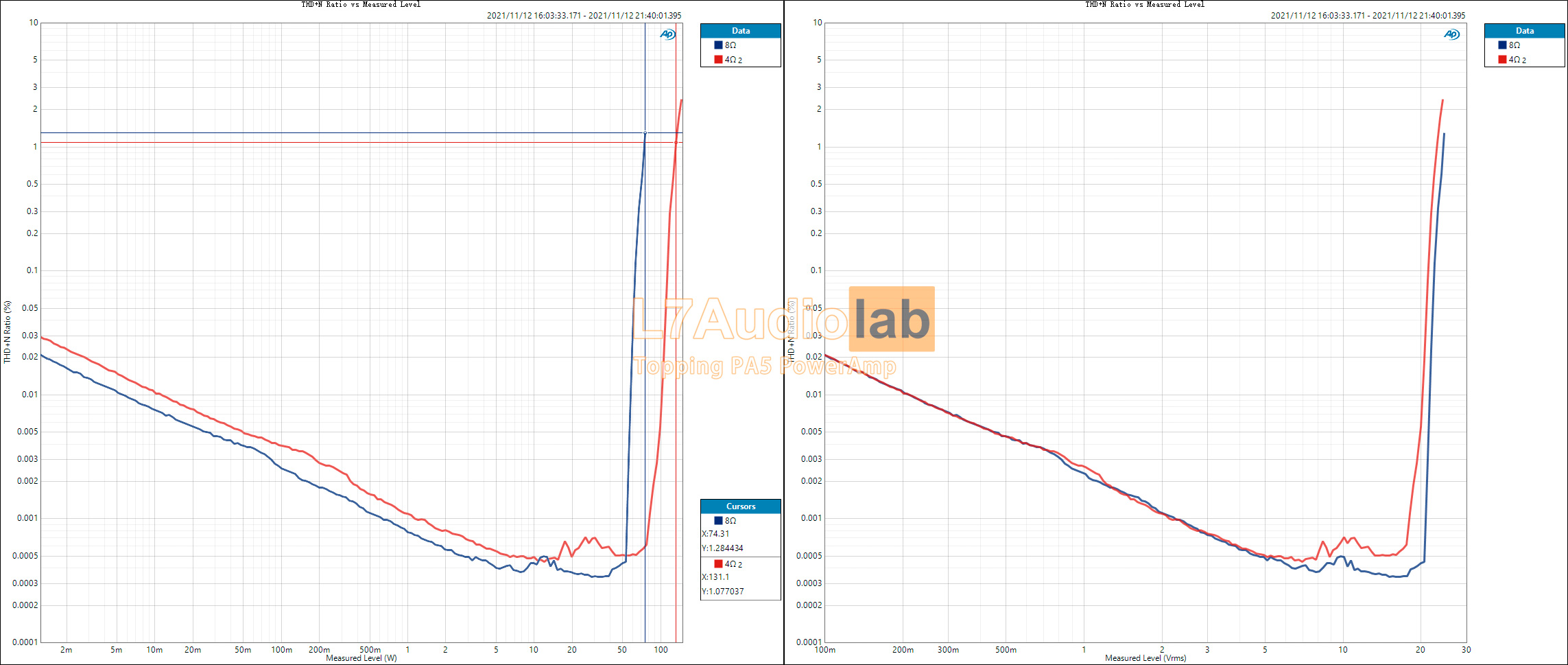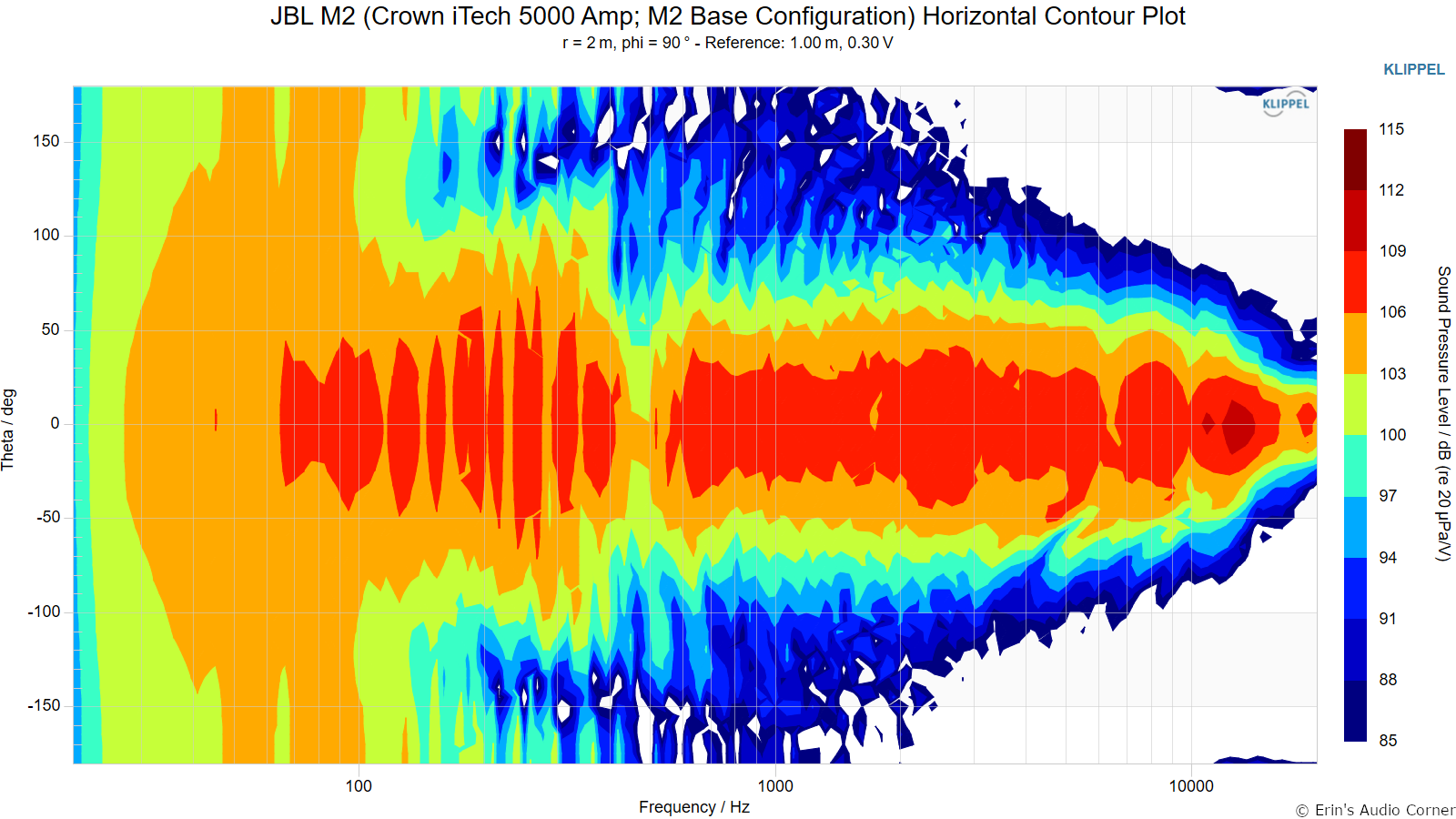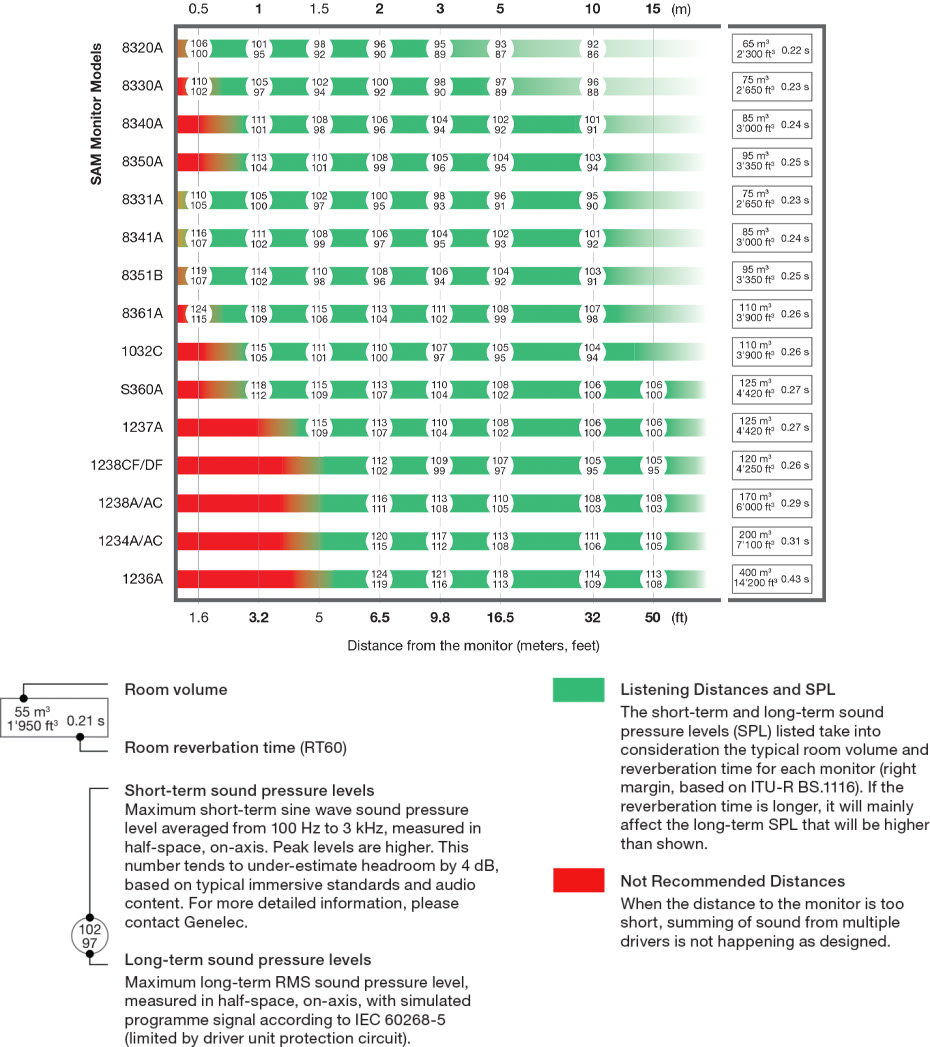12. I remember for headphone amps, the type of volume knob mattered (pot vs step attenuator). For a simple digital volume control I'm assuming this is irrelevant.
Yes. It is irrelevant to software/digital volume control.
13. Do you think there's a decent chance a single sub will be enough for a flat bass response in my listening position? People talk about having two subs for seat to seat consistency but I only care about accurate bass in only one spot in the entire room. I heard a subwoofer in the corner is risky because the bass can be uneven. Maybe I could put a sub on the left wall or the right wall. There are guides to subwoofer placement but they almost always assume a home theater setup and optimize for multiple seats.
There's a lot of info in forums but there are all kinds of contradictory anecdotes/opinions. Some people claim they can always localize a subwoofer no matter what.
14. Crossover frequency: Is there any consensus on when bass can be localized? I heard somewhere if the sub is closer to the listener it's easier to localize, but I can't find the source anymore.
15. I'd like to crossover at 100hz because people say coaxial drivers suffer more from IMD, particularly if they have to play a lot of bass. I don't listen that loudly though (65db average with dba meter) so I guess this isn't even that relevant. AFAIK there is no way to measure IMD, so the most I can say is say a speaker has less IMD than the THD shown in Amir's graphs because I'm assuming IMD is part of THD.
16. If I had to get 2 subs for 1 listening position I'd assume a sub in position 1 and 2 would be best (purple numbers in the picture). At least in theory.
If you are only optimizing for a single listening position, 1 sub is often enough. Primary benefit of multiple subs is to help making the bass response more even across a larger area for multiple listeners. Multiple subs can also help with filling nulls which can't be done with EQ.
Placing the sub in a corner gives you the most boundary gains, i.e. highest output, but it also excites all room modes. Dr. Toole's recommendation (link below, page 1 & 2) is to try the sub in a corner first. Move it only when it doesn't work.
(You may want to read parts 1 & 2 too.)
There are different opinions on mono bass vs stereo bass. My understanding is that bass cannot be localized below a certain frequency, and 80 Hz is the "safe" (very conservative) choice -- provided that, of course, the sub is not misbehaving, e.g. generating port noise, rattling, etc.
However, stereo bass, especially when the speakers/subs are placed directly to the left and to the right, can help providing low frequency envelopment and externalization (the bass doesn't sound like coming from inside the head). The problem is that the recording must contain this stereo information. It is probably more relevant to (multi-channel) classical music (properly) recorded in concert halls. For more info on low frequency envelopment and externalization, here is one of the papers by Dr. David Griesinger.
I think crossing your LS50 Metas at 100 Hz shouldn't be a problem. Multiple ASR forum members are doing that. It is something easy enough to experiment.
@mitchco has a review comparing LS50's backed by subs to monster JBL 4722's also backed by subs. He also provided binaural recordings at his listening position for comparisons.
Here are two extreme opposite loudspeakers when it comes to sensitivity, size, directivity, topology and looks. Does the big speaker sound perceptually larger than the smaller speaker? Do the speakers sound the same if eq’d the same and level matched? Does the LS50 sound perceptually bigger when ...

audiophilestyle.com
17. Do you think there's any real world benefit of getting the wireless version of the Metas? FR is very similar (0.1 preference score apart). I'm thinking passive crossover with adjustment via Audiolense is the best option. I'm not willing to open up the speaker to jury rig something better. The wireless Metas cost $1200 more. Subtract $500 for the amp for $700. I don't use streaming options, so it's just down to the benefits of active crossover. With Metas costing a whopping $2800 and warranty on electronics lasting only 2 years, I feel like it's a risky investment. Kef isn't Genelec who is repair 2 decade old equipment. And that's if there are no noise issues. Wireless gets benefit of active crossover, but I guess I'm managing it with their app at that point?
I believe after you've EQ/highpass your LS50 Metas and backed them with subs, they will not be inferior to the LS50 wireless. The software EQ (AudioLense) in your "passive" system will give your much higher flexibility, and is more scalable if/when you upgrade your system. The LS50 wireless is great for convenience and simplicity, if that's what you are after.
18. A part of me worries one day a beefy amp will blow my ears or transducers out with ridiculous volumes, be it from speakers or headphones. Is there an easy to way reliably limit how loud my speakers or headphones can get, even if say, a toddler walked over somehow and cranked the volume on the Motu or my headphone amp?
You'll just have to exercise some restraint

I think there are volume limiter software available.


 .
.






